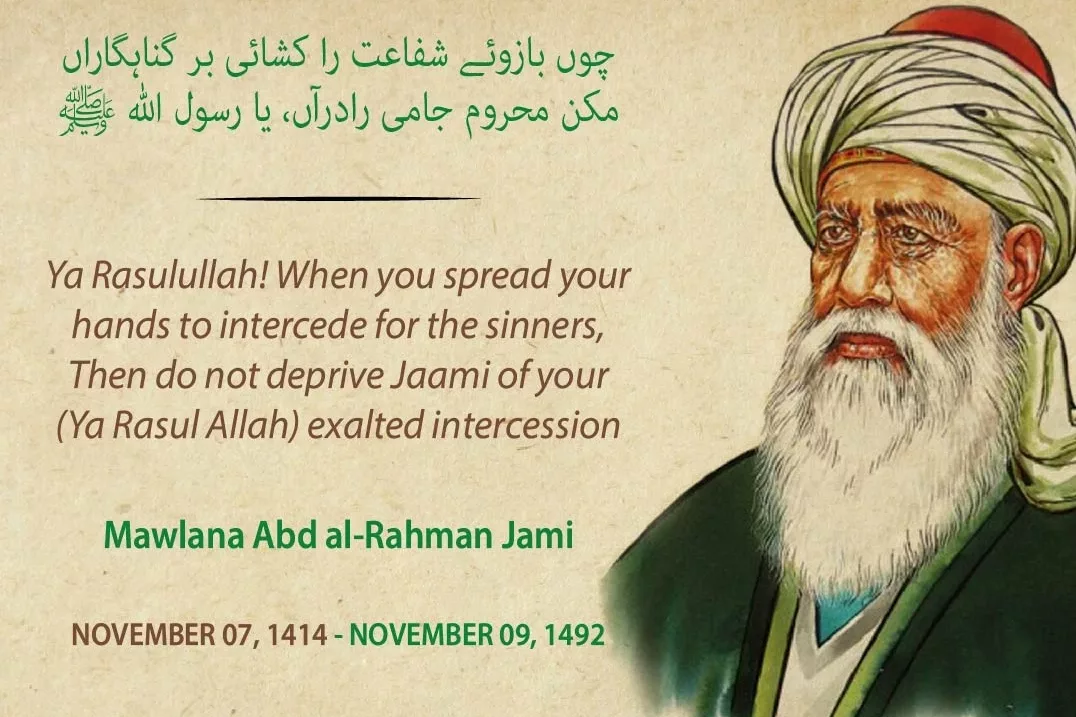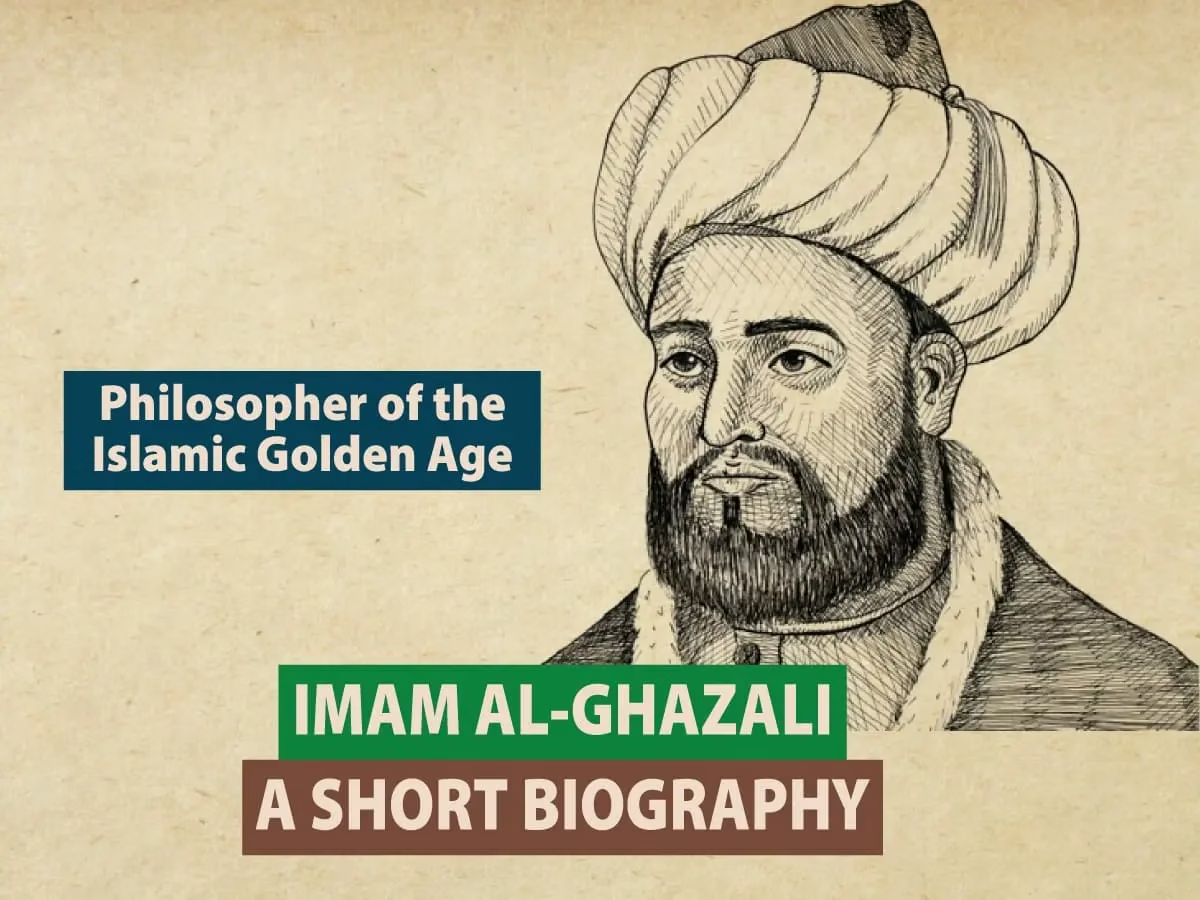Maulana Nur al-Din Abd al-Rahman, called Jami, was born in the district of Djam in the province of Herat in what is today Afghanistan. His father came from the district of Dasht around Isfahan, and thus the first takhallus (poetical name)1 Jami adopted was Dashti. This he later changed to Jami. He was a mystic and a member of the Naqshibandi Sufi order, an influence vital to understand when reading his poetry. He belonged to the Naqshbandi Sufi Order.

See Also: Imam al-Tirmidhi, A Short Biography
Early Life and Education
From an early age, Jami showed a strong interest in mysticism and spiritual knowledge. In his era, many intellectuals turned toward Sufism, as the world around them was full of uncertainty and change. Jami became a disciple of the successors of Baha al-Din Naqshband, the founder of the Naqshbandi Order. This connection greatly influenced the mystical themes and symbolism found throughout his writings.
Life in Herat
Jami spent most of his life in Herat, a major center of culture and learning in the 15th century. Unlike poets such as Saadi or Rumi, Jami was not a frequent traveler. He only undertook two major journeys — one to Mashhad in Persia, and another to Hejaz in 1472, where he also visited Baghdad, Damascus, and Tabriz. Apart from these travels, he lived a quiet, reflective life devoted to study, writing, and teaching.
Influences and Legacy
Jami was deeply inspired by the works of Ibn Arabi and Jalaluddin Rumi. After 1453 CE, his writings on Islamic theology, Sufism, and poetry became celebrated across the Islamic world — from Istanbul to Samarkand, and even in the Indian subcontinent.

See Also: Imam al-Ghazali, A Short Biography
Major Works
Jami’s literary output was vast and diverse. While he wrote prose, he is best remembered for his poetry, known for its beauty, wisdom, and emotional depth.
Among his most famous works are:
- Salaman and Absal
- Yusuf and Zulaikha
- Laila and Majnun
These stories are part of his celebrated series “The Seven Stars of the Great Bear.”
Later in life, he also composed three collections of lyric poetry (diwans):
- The Beginning of Youth (1479)
- The Central Part of the Chain (1489)
- The Close of Life (1491)
In prose, his notable works include:
- Baharistan (The Spring Garden), modeled after Saadi’s Gulistan
- Zephyrs of Intimacy, a collection of biographies of Sufi saints
Legacy
Jami remains one of the last great classical Persian poets. His works blend poetic beauty with spiritual wisdom, leaving a lasting mark on Persian literature, Sufi thought, and Islamic philosophy.



